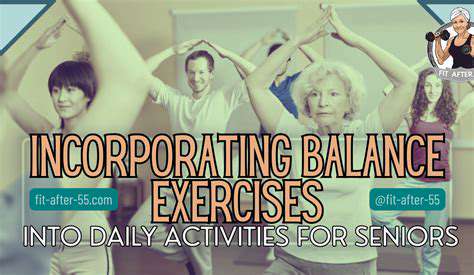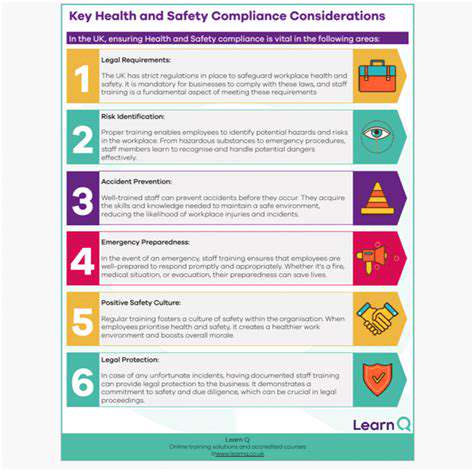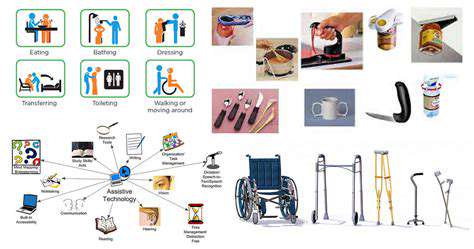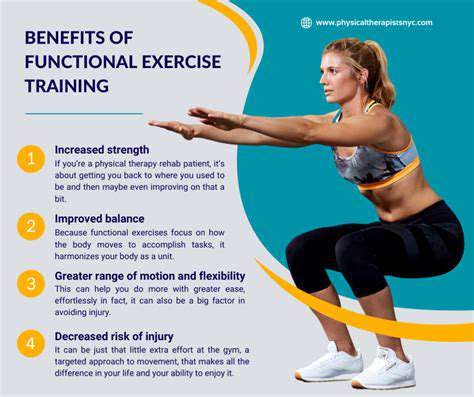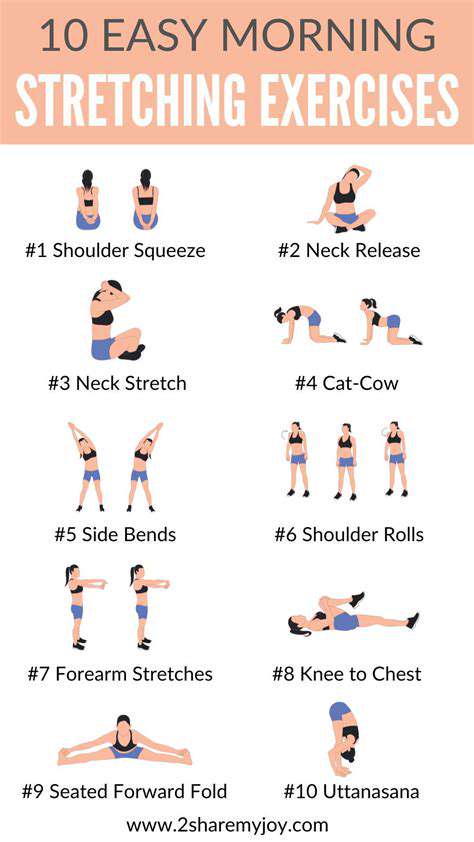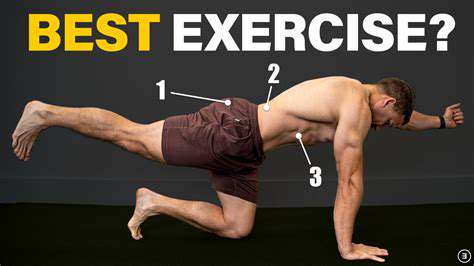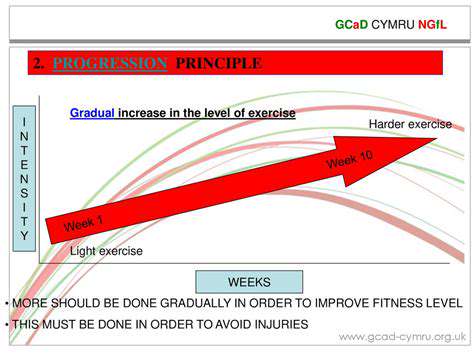Walking Groups for Seniors: Exercise and Companionship
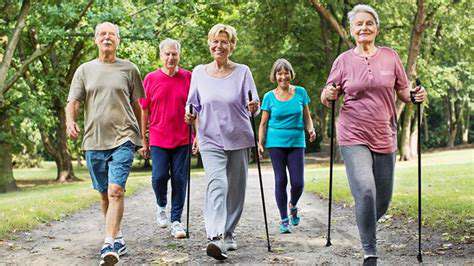
Benefits of Joining a Walking Group
Walking groups offer a multitude of benefits beyond just physical exercise. They provide a fantastic opportunity to connect with like-minded individuals, fostering friendships and creating a supportive community. Regular walks offer a chance to enjoy the outdoors, experience new scenery, and engage in stimulating conversations with others.
Beyond the social aspect, walking groups can be a great way to improve physical and mental well-being. Consistent physical activity, like walking, can significantly improve cardiovascular health, reduce stress, and boost mood. The social interaction can also contribute to a sense of belonging and reduce feelings of isolation.
Organizing and Joining a Walking Group
Finding or starting a walking group can be surprisingly straightforward. Many communities have established walking groups that meet regularly. Online forums, social media groups, and local community centers are excellent resources for discovering these groups. If you can't find one, consider starting your own! Creating a group can be a rewarding experience, bringing people together and promoting a healthier lifestyle.
When joining or starting a walking group, consider factors like the group's location, meeting times, and pace. Ensure the group's guidelines align with your preferences and abilities. Open communication and mutual respect are crucial for a positive group experience. Consider establishing a clear set of rules and expectations from the start.
Choosing the Right Walking Group
The ideal walking group will cater to your individual needs and preferences. Consider the level of physical activity required, the social dynamics you desire, and the location and time constraints you face. If you're a beginner, search for groups that prioritize a slower pace and provide encouragement to ensure a positive experience. Experienced walkers, on the other hand, may prefer groups that offer more challenging routes and opportunities for camaraderie.
Evaluating the group's leadership and communication style is also important. A well-organized and communicative group will ensure a smooth and enjoyable experience for everyone. Look for groups that are welcoming, inclusive, and foster a sense of community. This will be key to making the most of your walking experience.
Safety Considerations in Walking Groups
Safety should always be a top priority when participating in a walking group. Ensure you have adequate clothing, proper footwear, and consider carrying essentials such as water and a mobile phone. Discuss safety protocols with the group beforehand, such as meeting points, emergency contact information, and informing someone of your planned route and estimated return time. This proactive approach can significantly reduce potential risks and enhance the overall safety of group members.
In addition to the above, consider the environment you'll be walking in. Be aware of your surroundings, especially in unfamiliar areas. Be mindful of weather conditions and adjust your pace accordingly. Be prepared for potential hazards and take necessary precautions to maintain your safety throughout the walk.

Market dynamics hinge on the delicate dance between supply and demand, a concept that shapes economies worldwide. Producers gauge their offerings based on what consumers are willing to pay, creating an ever-shifting economic landscape. When these forces find balance, markets stabilize at what economists call the equilibrium point - where buyer willingness meets seller capacity.
Enhancing Senior Well-being Through Walking

Promoting Social Connections
Strong social connections are crucial for senior well-being. Engaging in activities that foster interaction and belonging can significantly improve mental and emotional health. This could involve joining clubs, volunteering, attending community events, or simply spending quality time with family and friends. These interactions provide a sense of purpose and belonging, combating feelings of isolation and loneliness that are prevalent among older adults.
Regular social engagement can also help to maintain cognitive function. Participating in stimulating conversations and activities helps to keep the mind active and engaged, potentially delaying age-related cognitive decline. Shared experiences and mutual support within social groups also contribute to a greater sense of security and overall well-being.
Encouraging Physical Activity
Maintaining an active lifestyle is paramount for senior well-being. Physical activity, even in moderate amounts, can significantly improve physical health, reducing the risk of chronic diseases and promoting better sleep quality. Incorporating regular exercise into daily routines, such as brisk walks, swimming, or gentle stretching, can greatly enhance overall mobility and independence.
Prioritizing Mental Stimulation
Mental stimulation plays a vital role in maintaining cognitive function and preventing age-related decline. Engaging in activities that challenge the mind, such as learning new skills, reading, playing games, or taking up a new hobby, can help to keep the brain sharp and active. These activities not only contribute to cognitive health but also provide a sense of accomplishment and purpose, enhancing overall well-being.
Addressing Nutritional Needs
A balanced and nutritious diet is essential for maintaining optimal health and well-being in seniors. Proper nutrition fuels the body, supports healthy aging, and aids in preventing age-related health issues. This includes consuming a variety of fruits, vegetables, lean proteins, and whole grains. Adequate intake of essential vitamins and minerals is critical for maintaining bone density, muscle strength, and overall physical function.
Managing Chronic Conditions
Many seniors face the challenge of managing chronic conditions such as arthritis, diabetes, or heart disease. Effective management of these conditions is crucial for maintaining quality of life. This involves regular medical check-ups, adherence to prescribed medications, and lifestyle modifications. Seeking support from healthcare providers and support groups can help seniors navigate these challenges effectively and maintain their well-being. Adopting healthy coping strategies and finding ways to manage stress related to chronic conditions is also crucial.
